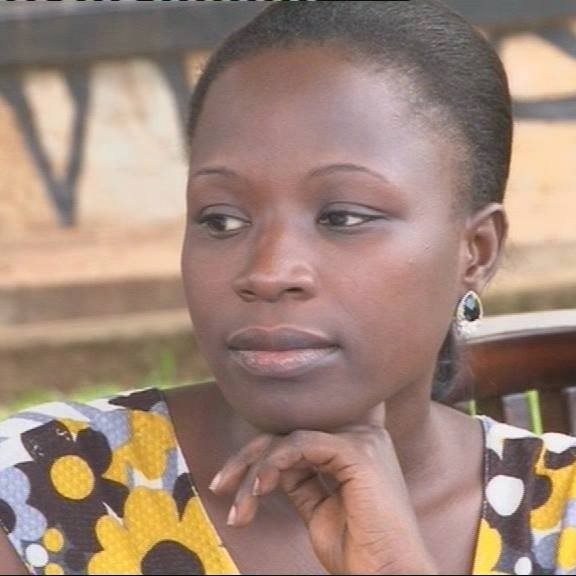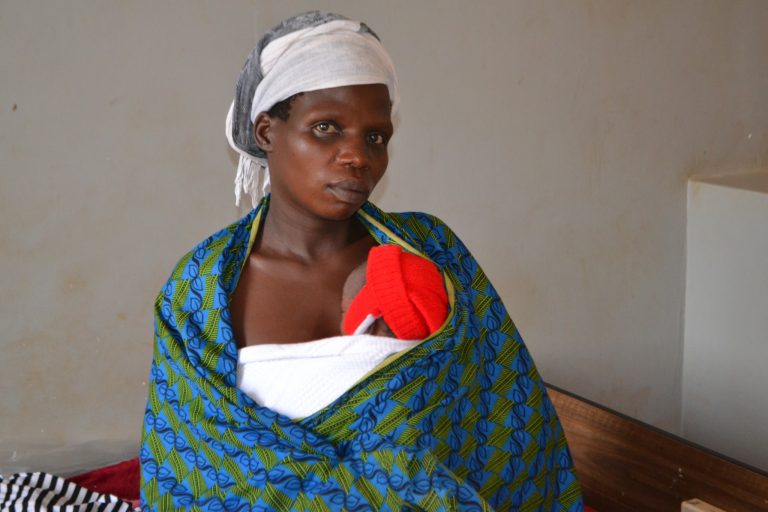As the Busoga Bureau Chief for the Uganda Radio Network (URN), I have long had a passion for health journalism. In early 2015 I traveled with Save the Children to the Hoima Regional Referral Hospital to learn about its kangaroo mother care (KMC) program. Although I had written about KMC, I had not shared the experiences of mothers who actually do it and what it requires from families.
When I visited Hoima, there were in-charges from other health facilities, including one from neighboring Buliisa district, who said they were referring premature babies to Hoima RRH because they lacked a designated area for KMC. I did a story on that, and when I checked back after three months, there was a designated space that could accommodate seven mothers. After writing a story I always want to see what gets done. If nothing is done, I feel I have not done a good job. So I follow up to see whether the problem is funding, human resources, a lack of space, etc.
My target audience is most often the layperson. Sometimes we write about what the ministry is doing, but we also talk to the ordinary person, the beneficiary of such interventions. When mothers in rural areas believe premature babies result from witchcraft or curses, we can tell them this baby can grow, we can help them learn how to do KMC. This changes the way they look at things.
Men of course are also responsible for babies, so another target is husbands. And health workers who may not know how to implement life-saving interventions correctly. We also target leaders, because certain interventions require political will. Mothers, men, health workers and leaders: they control what we have at our health facilities.
Working with Save the Children to investigate KMC at Hoima, we came to an understanding of what we wanted to see change. I think Save the Children identified me as someone who was effectively using media to support communities to better understand what they can do to save newborns. That’s how campaigns benefit from journalism. A campaign may target specific areas, but when it goes into the media it goes to the entire population. Save the Children and I have a shared commitment to reach to more mothers, men, and leaders involved in maternal and newborn health.
My relationship with Save the Children has been so beneficial. They helped me increase my influence by supporting me to go to the field or attend conferences. They exposed me to other organisations doing related work. And by learning more about saving newborn lives, I could write more – and more accurate – articles to help others understand. I gained contacts, grew my career, and fed my passion for health journalism.
I think the media has played a role in reducing Uganda’s under 5-mortality. If we had not been there, how would we even know those statistics? Organisations do research and share findings, but an ordinary person learns it from the media. Even the nurse, especially in a remote area, will learn the numbers from her local radio. So I think the more the media talks about newborn and maternal issues, the more each party will try to do their part.
If a leader does not advocate for the health budget, he will take the blame when the media reports on it. The other day the media reported about a cancer patient who died from Mulago National Referral Hospital without getting proper care. It is just one life, but because the media gave it so much attention, everyone now is saying, “Let us do something.”
The media has a very big role to play and I’m grateful to have the opportunity to work with Save the Children on this important issue.
 Blog by Beatrice Nyangoma,
Blog by Beatrice Nyangoma,
Busoga Bureau Chief for the Uganda Radio Network (URN).
